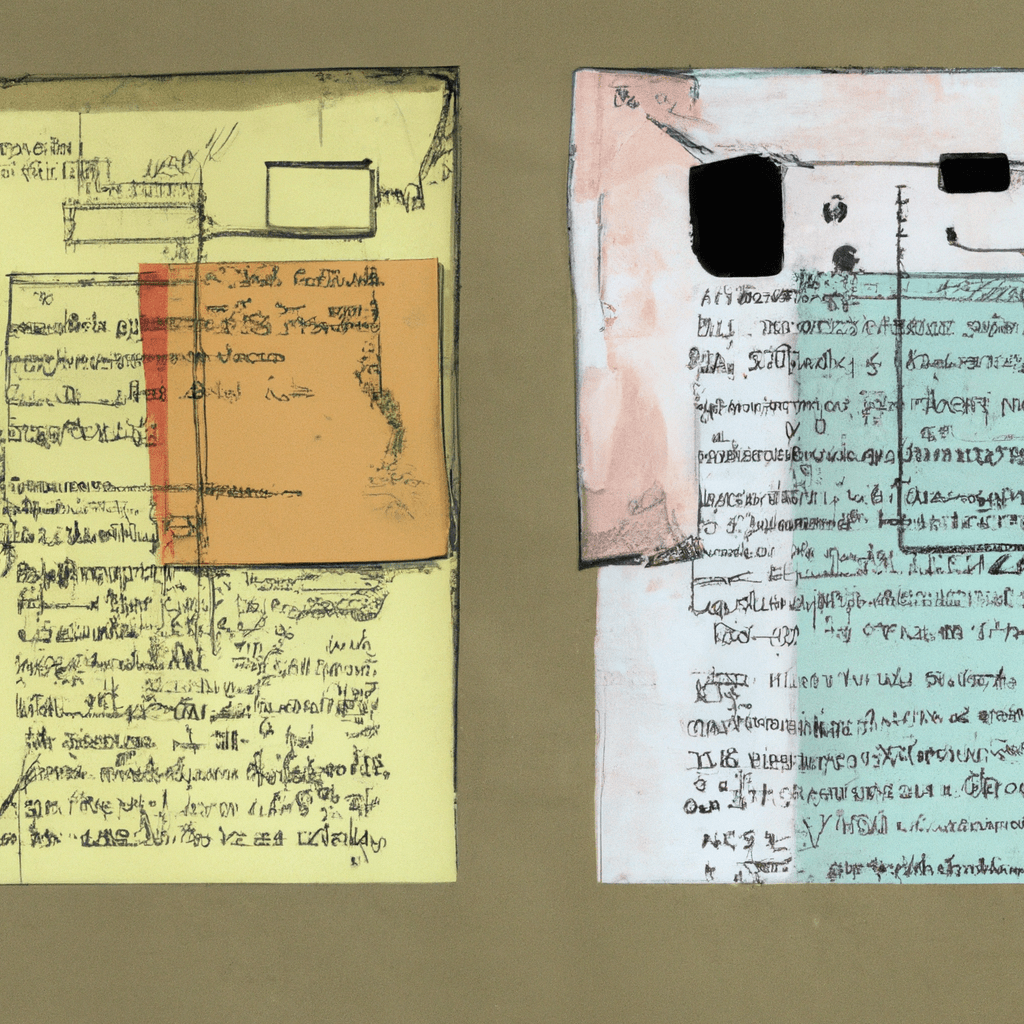
Introduction
Non-Fungible Tokens (NFTs) and blockchain technology have opened up new horizons in the world of art collecting. In this article, we will explore the impact of NFTs and how they are reshaping the future of art collecting. Non-Fungible Tokens (NFTs) are unique digital assets that are stored on a blockchain, making them indivisible and irreplaceable. Blockchain technology, the underlying infrastructure for NFTs, provides a decentralized and transparent ledger system.
The Emergence of NFTs
NFTs have gained significant attention in recent years. Unlike cryptocurrencies, which are fungible and interchangeable, NFTs represent ownership of a specific asset, such as digital art or collectibles. Their characteristics, including indivisibility and verifiable scarcity, make them ideal for art collecting.
NFTs and the Art World
NFTs are revolutionizing the art world by democratizing art collecting. They eliminate the traditional barriers of entry, allowing artists to directly connect with collectors worldwide. Galleries are also embracing NFTs as a new medium for showcasing and selling artwork. The increased accessibility of art collecting through NFTs is transforming the industry.
The Social and Cultural Implications of NFTs in Art
NFTs are driving a shift towards more inclusive art collecting. They provide opportunities for new and emerging artists to gain recognition and monetize their creations. NFTs also enable artists to experiment with new forms of artistic expression, pushing the boundaries of creativity.
The Long-term Effects of NFTs
NFTs have significant implications for the art market. They challenge traditional notions of ownership and provenance, leading to a reevaluation of the value of art. As more collectors embrace NFTs, the concept of art collections is evolving. Artists themselves are empowered by NFTs, as they can earn royalties from secondary sales.
The Potential Limitations of NFTs
While NFTs offer numerous opportunities, they also have limitations. Blockchain technology faces scalability and interoperability challenges that need to be addressed. Environmental concerns regarding the energy consumption of blockchain networks are also being raised. Additionally, there are intellectual property issues surrounding the ownership and copyright of digital assets.
Conclusion
NFTs are reshaping the future of art collecting, making it more accessible and inclusive. They provide artists and collectors with new possibilities, challenging traditional art market norms. However, it’s essential to consider the benefits and limitations of NFTs to navigate this evolving landscape successfully.
FAQs
- What is an NFT?
An NFT, or non-fungible token, is a unique digital asset that is stored on a blockchain. NFTs can represent anything from digital art to music to in-game items. They are bought and sold using cryptocurrencies, and their ownership is tracked on the blockchain.
- Can someone create their own NFT?
Yes, anyone can create their own NFT. There are a number of platforms that allow users to create and sell NFTs. Once an NFT is created, it can be bought and sold on the open market.
- Are NFTs environmentally sustainable?
The creation of NFTs requires a significant amount of energy, which can have a negative impact on the environment. However, there are a number of initiatives underway to make NFTs more environmentally friendly.
- Can NFTs be hacked?
Yes, NFTs can be hacked. Like any digital asset, NFTs are vulnerable to cyberattacks. If an NFT is hacked, the owner could lose their ownership of the asset.
- How are NFTs changing the traditional art market?
NFTs are changing the traditional art market in a number of ways. First, they are making it easier for artists to sell their work directly to collectors. Second, they are providing a new way for collectors to invest in art. Third, they are opening up new opportunities for artists to interact with their fans.
Read More about NFTs
- “Non-Fungible Tokens (NFTs) Explained” – CoinMarketCap
Link: https://coinmarketcap.com/alexandria/article/non-fungible-tokens-nfts-explained - “NFTs: A Deep Dive into Non-Fungible Tokens” – Binance Academy
Link: https://academy.binance.com/en/articles/nfts-a-deep-dive-into-non-fungible-tokens - “The Complete Beginner’s Guide to NFTs” – Decrypt
Link: https://decrypt.co/resources/non-fungible-tokens-nfts - “What Are NFTs and How Do They Work?” – CoinDesk
Link: https://www.coindesk.com/what-are-nfts - “The Rise of NFTs: Exploring the Future of Digital Ownership” – Forbes
Link: https://www.forbes.com/sites/forbesbusinesscouncil/2021/04/19/the-rise-of-nfts-exploring-the-future-of-digital-ownership - “NFTs and the Future of Digital Art” – Christie’s
Link: https://www.christies.com/features/A-brief-history-of-NFTs-11510-7.aspx - “The Impact of NFTs on the Art Market” – The Art Newspaper
Link: https://www.theartnewspaper.com/news/the-impact-of-nfts-on-the-art-market

Pingback: Unlock the Limitless Potential: Garnering Millions through NFTs - richstorehouse.com
Pingback: Beeple’s NFT Success Story| Revolutionizing the Digital Art World - richstorehouse.com